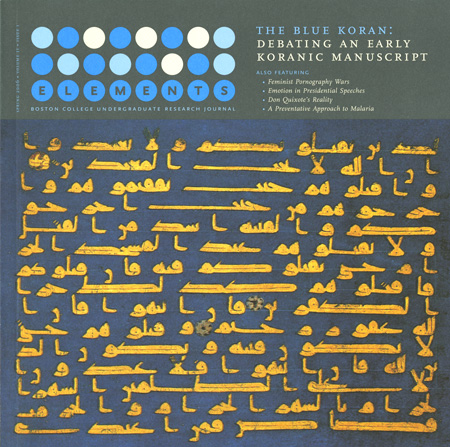A Preventative Approach to Malaria: Some Preliminary Considerations
DOI:
https://doi.org/10.6017/eurj.v2i1.8941Keywords:
Spring 2006, natural science, biologyAbstract
Forty-one percent of the world's population is currently at risk for malaria. This disease, spread via mosquitos, is especially prominent in developing countries. Although we have come a long way in our knowledge of malaria and attempts to find drugs to combat it, the ability of the malaria plasmodium to adapt to treatment is problematic. Chloroquine and DDT, two formerly effective compounds, have already been rendered useless. This makes preventative approaches, such as education, especially important.Downloads
Published
2006-04-15
How to Cite
Roh, E. H. (2006). A Preventative Approach to Malaria: Some Preliminary Considerations. Elements, 2(1). https://doi.org/10.6017/eurj.v2i1.8941
Issue
Section
Articles
License
Copyright (c) 2015 Elements

This work is licensed under a Creative Commons Attribution 4.0 International License.

